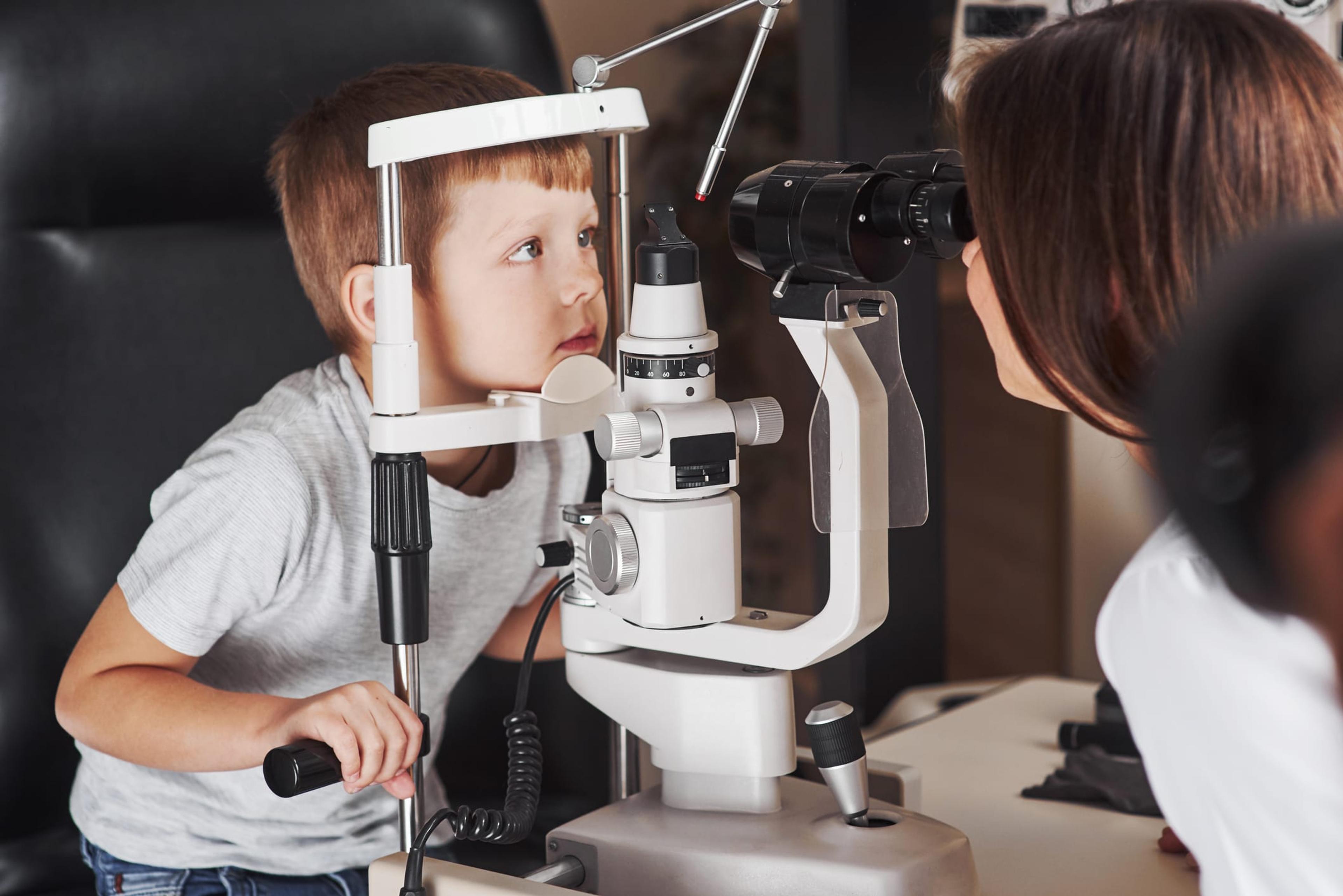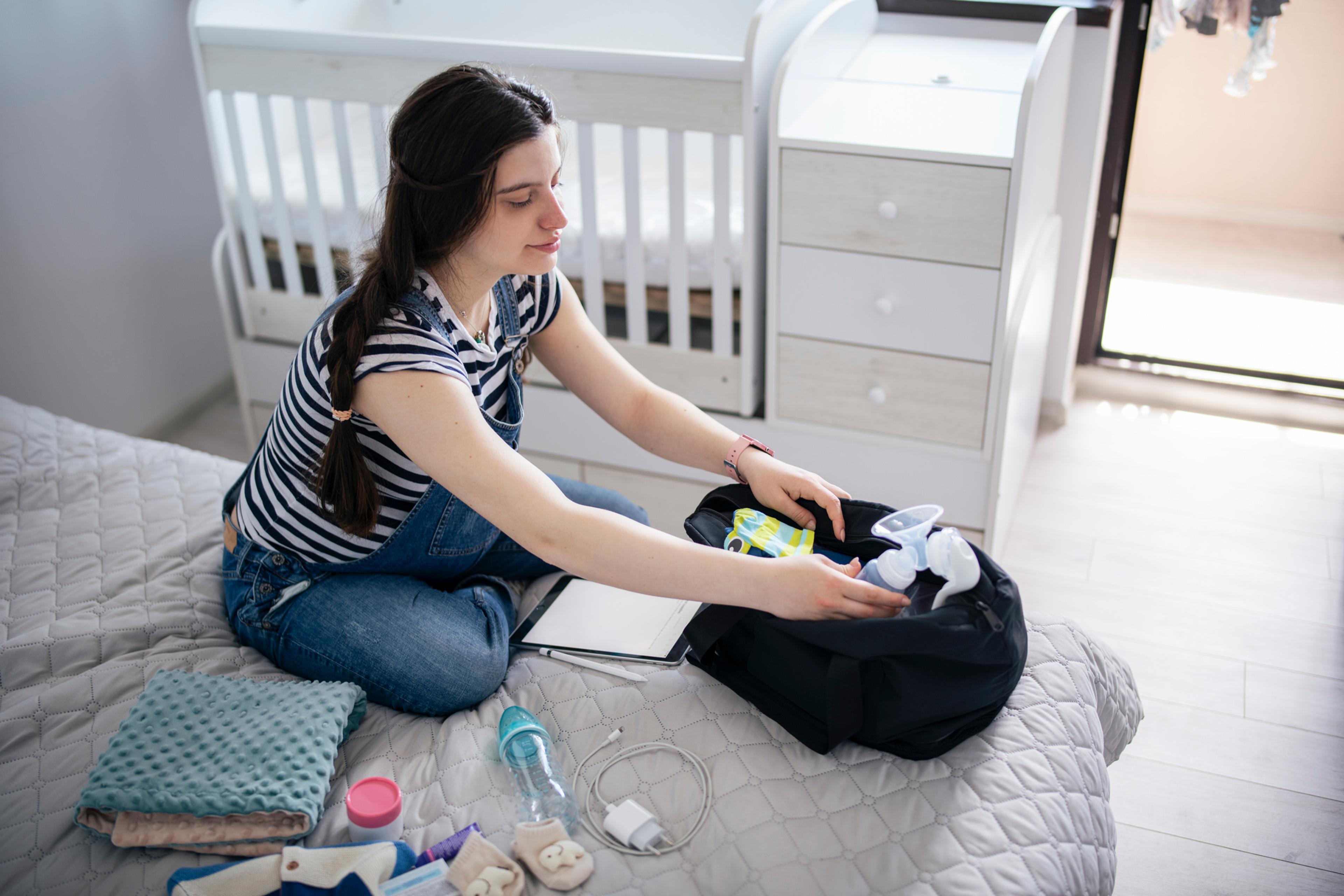Six Common Eye Injuries in Children
Dr. T. Jann Caison-Sorey
| 3 min read
Dr. T. Jann Caison-Sorey is a pediatrician, adolesce...

From 1990 to 2012, more than 400,000 children were sent to the emergency room for eye-related injuries. Most were linked to sports/recreational activities, but accidents with sharp objects and cleaning supplies were also to blame. Vision plays a critical role in a child’s physical, cognitive and social development. Despite parents’ best efforts, eye damage can still occur. Here are six common eye injuries and the best ways to treat them:
- Black Eye/Swollen Eye – A direct hit or trauma involving the face can result in a black eye. The area under and around the eye socket becomes visibly bruised as it swells and fills with fluid. If there’s not direct trauma, some black eyes can be treated with an ice pack and rest. But others may require immediate medical attention. If there’s a pooling of blood in front of the eyeball (this is often visible and is known as hyphema), it can permanently obstruct vision in the affected area. Seek emergency services as soon as possible.
- Chemical Burn – Household cleaning products like bleach, ammonia, laundry detergent and drain cleaners contain highly abrasive chemicals. Therefore, avoid splashing liquids or rubbing eyes after handling them. Depending on chemical type, it can cause irritation, redness and even blindness. If exposed, hold the eyes open and flush with water for 15 to 20 minutes as indicated. Product labels often provide detailed information on what to do in case of eye exposure. It’s imperative to go to the emergency room for critical medical treatment.
- Corneal Abrasion – Often while playing sports, dust, sand or grass can get kicked into one’s eye causing this painful injury. A corneal abrasion is a surface-level scratch on the eyeball that can also occur when it’s poked or grazed by a fingernail, pencil or other object. It’s difficult to know the difference between a minor superficial abrasion and a more severe one. Therefore, a child will need a medical assessment to determine the extent of damage.
- Eyelid Lacerations – The eyelids are the thinnest layer of skin on the human body and can be easily cut or scraped. For a simple superficial laceration, an eye doctor may suture the area and remove the stitches when necessary. A larger wound may require more specialized care from an ophthalmologist. Prevent a future incident by investing in recommended protective eye wear, which reduces the risk of injury by 90%.
- Orbital Fractures – The orbit, commonly called the eye socket, can be the site of serious fractures that require an urgent response. Three prominent types include an orbital rim fracture, which occurs on the outer edge of the bone. Next, there’s a blowout fracture, which is a break within the inner wall of the socket. There’s also the orbital floor fracture, which pushes the bones back and down. Following injury, place ice directly on the area to reduce swelling. Additionally, individuals suffering from double vision or dislocated bones should see a medical professional. They may recommend an oculoplastic surgeon or other specialist to address the injury.
- Subconjunctival Hemorrhage – Harsh sneezing, coughing and other strains can lead to broken blood vessels in the white of the eye (the conjunctiva). They create visibly red patches known as a subconjunctival hemorrhage. Despite the intimidating name, the injury is typically not severe and often clears up within seven to 14 days. To combat irritation, eye drops may provide temporary relief. However, if the condition is recurring or worsens, visit a doctor.
If you found this post helpful, you might also want to read:
About the author: Dr. T. Jann Caison-Sorey is a senior medical director at Blue Cross Blue Shield of Michigan. Photo credit: standret





